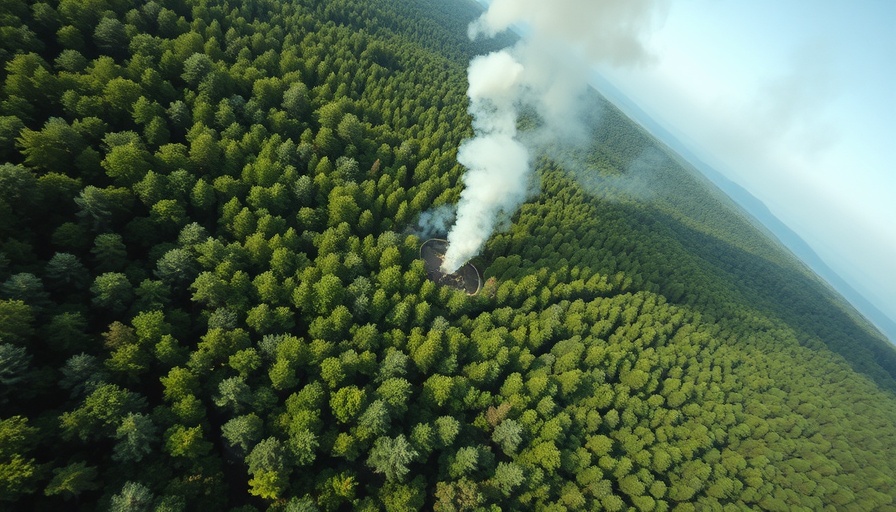
A Tragic Day for Angara Airlines
On July 24, 2025, Angara Airlines Flight 2311 met a heartbreaking fate when it disappeared from radar during a go-around near Tynda Airport in Russia. The flight, originating from Blagoveshchensk, was scheduled to connect communities in the eastern regions of the country but instead ended in tragedy for all 48 people onboard, including five children.
Flight Details and Context
The Antonov An-24V, carrying 42 passengers and six crew members, was delayed due to weather but successfully departed from Ignatyevo Airport in Blagoveshchensk two hours later than planned. The aircraft was noted for its long service history, having been manufactured in 1976 and last operated by Angara Airlines since 2013. Despite having a valid airworthiness certificate through 2036, doubts concerning its reliability lingered due to previous incidents, including an in-flight depressurization event.
Final Moments Before the Incident
As the flight prepared for landing, weather conditions appeared favorable. With scattered and broken clouds and good visibility, the cause of the go-around decision remains unknown. The last communication with air traffic control occurred minutes before the aircraft vanished from radar. With no distress call issued, the flight's disappearance has raised numerous questions among investigators.
The Challenging Recovery Efforts
Rescue missions face a considerable challenge in the remote area, where the wreckage was eventually located by a search helicopter, discovered burning hours after contact had been lost. Ground crews faced logistical challenges, taking almost 10 hours to reach the site. Recovery operations underscored the difficulties faced in remote aviation incidents, once again highlighting the importance of accessible aviation infrastructure.
Investigating the Causes
Initial findings revealed that the aircraft systems did not appear to have failed prior to the crash. However, the destruction of the flight data recorder (FDR) limits understanding of the flight parameters leading to the disaster. The cockpit voice recorder, which survived the crash, may shed light on final communications and decisions made by the flight crew, but without key data from the FDR, understanding the intricate details surrounding the crash may prove challenging.
The Broader Implications for Aviation Safety
This tragic incident is a sobering reminder of the inherent dangers in aviation, especially with older aircraft still operational under modified airworthiness rules. The ongoing investigations will likely spur discussions about aviation safety regulations, particularly concerning aging fleets and the necessity of thorough inspections. As communities mourn the loss of their loved ones, the implications for regional aviation and safety practices are felt across the globe.
As the investigation unfolds, it will be critical for aviation authorities in Russia and beyond to reassess policies surrounding older aircraft operations. Enhanced safety measures and rigorous assessment of aging aircrafts can help prevent future tragedies, ensuring the protection of both passengers and crew in the skies.
 Add Row
Add Row  Add
Add 




Write A Comment